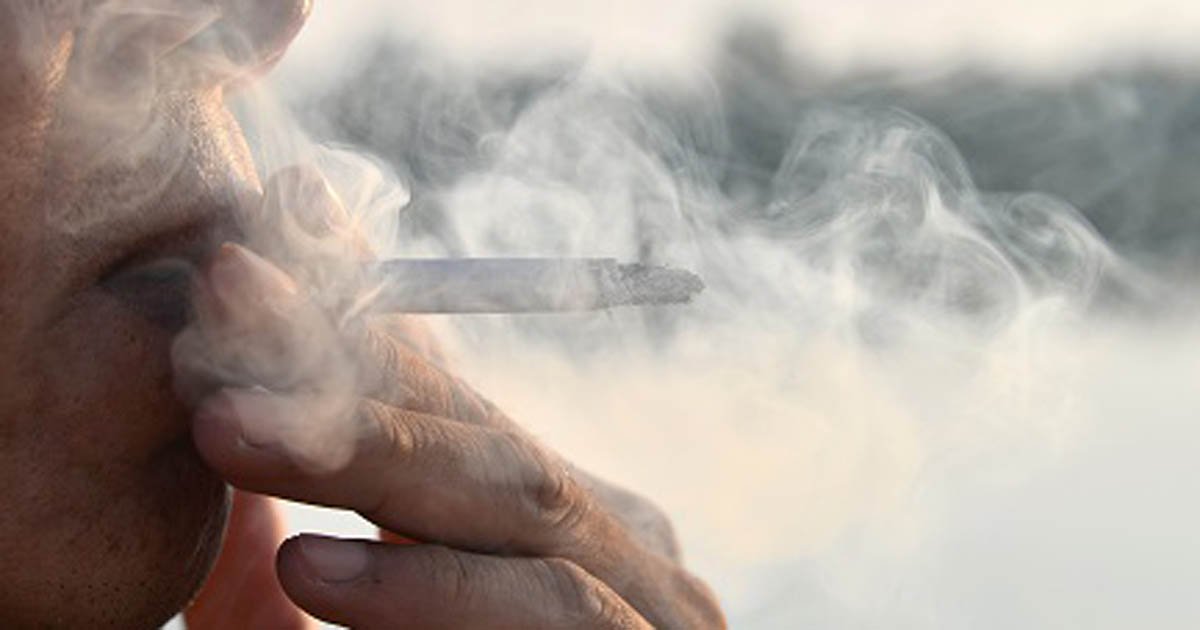Trajectory of secondhand smoke exposure influences type 2 diabetes risk
Click Here to Manage Email Alerts
Korean adults who were exposed to a stable, consistent level of secondhand smoke throughout the life course were less likely to develop type 2 diabetes when compared with adults previously exposed to high levels of secondhand smoke followed by reduced levels, according to findings published in BMJ Open Diabetes Research & Care.
“Even reversing the high level of secondhand smoke in middle-aged adulthood can still worsen the progress of type 2 diabetes due to [the] cumulative effects,” Heejin Kimm, MD, PhD, of the department of epidemiology and health promotion at the Institute for Health Promotion at Yonsei University Graduate School of Public Health in Seoul, South Korea, and colleagues wrote in the study background. “Our study showing the association between cumulative secondhand smoke effect and worsening of glucose metabolic structure prompts the need for more reliable and cost-effective methods for interventions to prevent secondhand smoking.”
Kimm and colleagues analyzed data from 2,079 adults aged at least 40 years participating in the Korean Genome and Epidemiology Study (2001-2014), who received biennial health checkups from baseline until 2014 (1,798 women; mean age at baseline, 51 years). Questionnaires completed at checkups asked about exposure to secondhand smoke, with exposures ranging from none to less than 3 days per week, at least 3 days per week, and every day, as well as timing of exposure to secondhand smoke each day. Using trajectory modeling methods, researchers stratified participants into four distinct secondhand smoke exposure trajectory groups: low-stable (n = 534), moderate to low (n = 1,285), moderate (n = 128), and high to low (n = 132). Researchers used Cox proportional hazards models to examine the association of trajectories with risk for type 2 diabetes.

During 24,083.3 person-years of follow-up (mean follow-up, 11.6 years), researchers identified 200 incident cases of type 2 diabetes and 640 incident cases of impaired fasting glucose. Age-standardized incidence rates of type 2 diabetes increased with secondhand smoke exposure levels. Incidence rates were 904.9 in the low-stable trajectory, 700.8 in the moderate to low trajectory, 880.5 in the moderate trajectory and 1,728.5 in the high to low trajectory.
In a multivariable Cox model, the high to low trajectory was associated with a nearly twofold risk for developing type 2 diabetes (OR = 1.9; 95% CI, 1.3-2.8) when compared with the low-stable trajectory. Results persisted after adjustment for BMI, systolic blood pressure, total cholesterol, education level and household income.
For IFG, researchers found that all trajectories of secondhand smoke exposure were associated with higher risk for type 2 diabetes when compared with the low-stable trajectory, with adjusted HRs of 1.3 (95% CI, 1.1-1.5) for the moderate to low trajectory, 1.3 (95% CI, 1-1.7) for the moderate trajectory and 1.4 (95% CI, 1-1.9) for the high to low trajectory. There was no interaction between secondhand smoking and age or sex.
“Our findings provide important new insight regarding the trajectories of secondhand smoke exposure among middle-aged adults and their associations with the risk of diabetes,” the researchers wrote. “These results suggest that the most important thing to escape from exposure to secondhand smoke is not to be fully exposed to secondhand smoke from a young age. However, it might be important to investigate whether secondhand smoke trajectories in childhood also display consistent and similar heterogeneity and whether this heterogeneity has similar implications for diabetes risk.” – by Regina Schaffer
Disclosures: The authors report no relevant financial disclosures.
